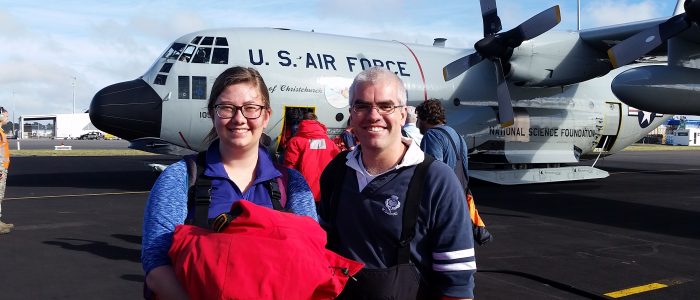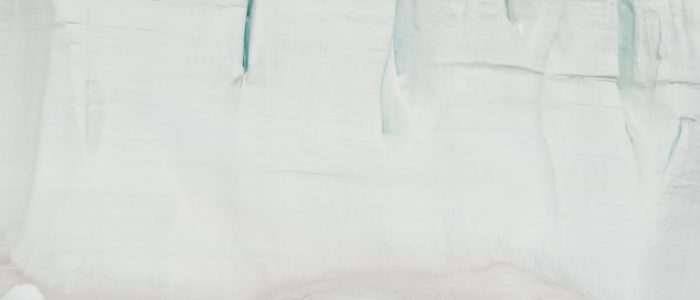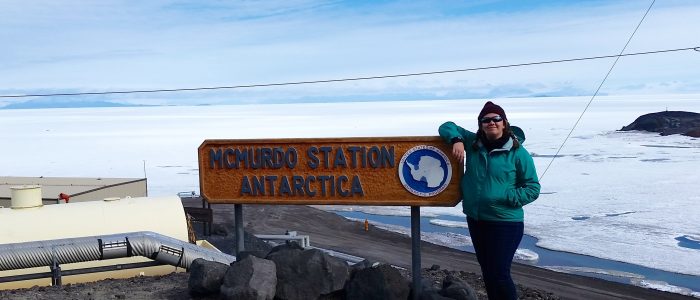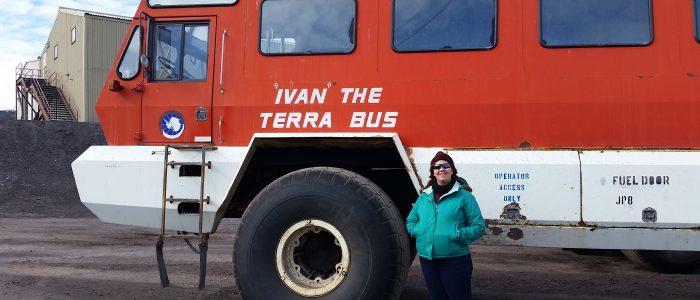It started innocuously enough – I was an undergrad interviewing people who had been to Antarctica as part of a research experience for undergraduates grant. I’d tag along with project lead Professor Adrian Howkins, and we would talk with scientists whose experiences ran the gamut from a single chance visit to a lifetime spent wandering through the Dry Valleys. Each one would ask us, “Have you been down there?” and in the back of my head I thought the answer to that would always be no.
Better writers than me have spent books trying to explain what going to Antarctica is like, but I can only describe it as an amazing adventure. We left the United States on December 26th and were on the continent until January 23rd. We flew across the Pacific, and then south on C-130 Hercules planes across miles and miles of ocean, sea ice, and icebergs. It was New Year’s Eve when we arrived, and the team rang in the New Year on the bottom of the world. We took nearly two dozen helicopter rides over wide open valleys and majestic glaciers. I saw ice falls, bright teal lakes, rivers only an inch deep, and not a single tree, shrub, or blade of grass. The sun didn’t set for almost three weeks, and by the end I’d forgotten what night time felt like. It was hard at times living out of tents in a cold, windy, landscape of brown and white, but it was worth every moment. And no, unfortunately, we didn’t see any live penguins – just mummified ones eroding in the coldest desert on the planet.
Our work uncovered a variety of interesting things in the field. In one of the most highly regulated areas of the Valleys, we discovered evidence of old greenhouses and maybe even a privy that flowed right into incredibly sensitive ecological areas. In another spot, our team geologist noticed a rock that seemed out of place, and picked it up to discover an old key to a hut that has long since been taken down. Not every site was as illuminating, but each new day felt like embarking on a treasure hunt for historic evidence. By locating historic sites, especially ones that were taken down and removed from the landscape, our project hopes to bring the human history of the Dry Valleys back into today’s management policies.
Personally, the project has changed how I look at the work I do as a historian. I have a deeply felt appreciation for the kinds of things research can reveal, and I feel more than ever that field work should be greater incorporated into all kinds of history. More than anything, I have gained a huge appreciation for this department, its wonderful faculty, and all the amazing opportunities we have at Colorado State University.
For the official trip summary, see mcmurdohistory.lternet.edu. For more of Poppie Gullett’s reactions to Antarctica, see mappingthemoraines.wordpress.com.
Learn more about the Department of History.
Like the Department of History on Facebook.





